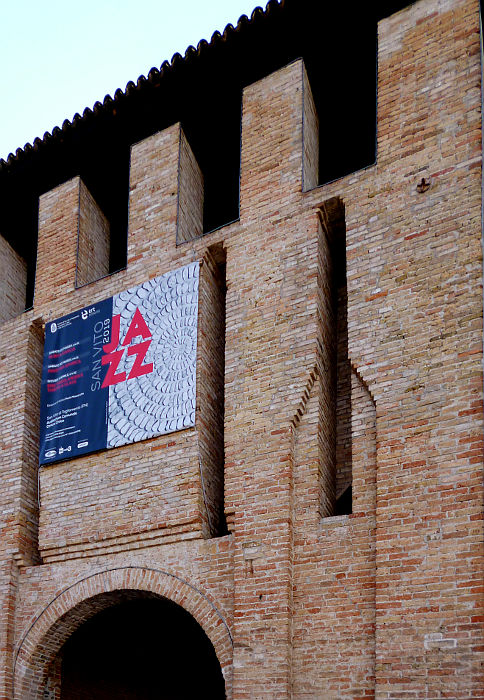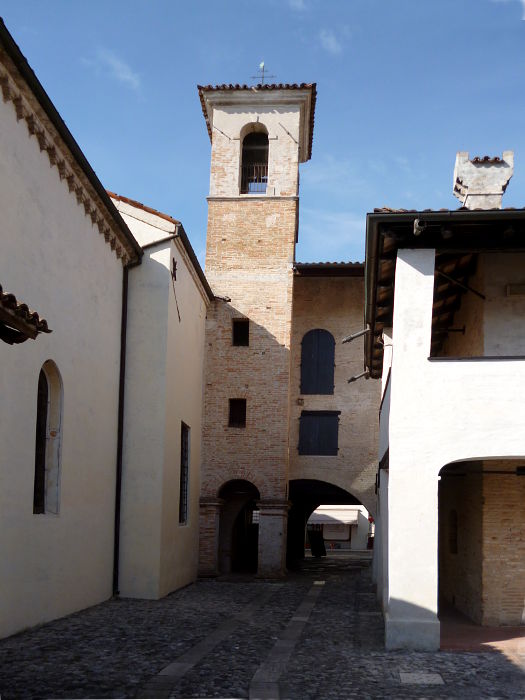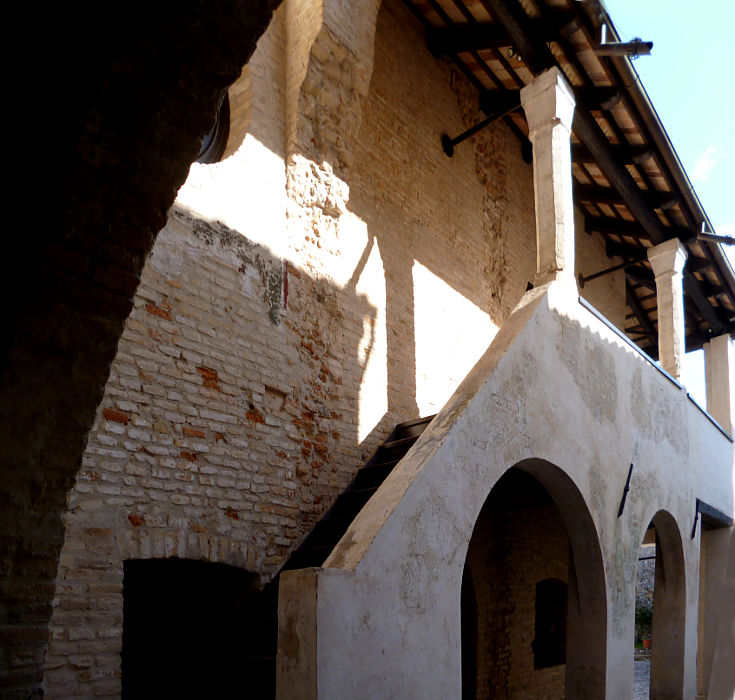A bit of history:
Various testimonies reveal that there were settlements already in the Mesolithic, 10.000 8.000 BC, but it is likely that the settlement of San Vito dates back to the gift made by Otto II, king of Germany first and then emperor of the Holy Roman Empire (961-986 AD), to the patriarch of Aquileia Rodoaldo.
The medieval history of San Vito is closely linked to that of the patriarchate of Aquileia.
The territorial expansion of the Serenissima took San Vito in the Venetian political orbit.
It remained in this orbit until the Napoleonic invasion which caused the fall of the Republic of Venice in 1797.
After very difficult periods and the wars of independence in 1866 it was annexed to the Kingdom of Italy, following its various vicissitudes since then.
Massimo recommends us to visit:
- The ancient municipal loggia (XV century) with the small theater (XVII century) "Gian Giacomo Arrigoni"
- The castle whose existence has been documented since the 13th century and which was the seat of the patriarchate of Aquileia
- The church of the Annunciata or Santa Maria del Castello already documented in 1348 which preserves an important cycle of fourteenth-century frescoes
- The church of Santa Maria dei Battuti (15th century) annexed to the homonymous hospital with the most beautiful frescoes by Pomponio Amalteo, a pupil of Giovanni de Sacchis the Pordenone
- The old hospital headed by the ancient brotherhood of Santa Maria dei Battuti dedicated in the '300 to penitence and assistance to the paupers
- The Cathedral of Saints Vito, Modesto and Crescenzo (XVIII century) which contains, behind the modest façade, a real art gallery
- The church of San Lorenzo (15th century) is located adjacent to the ancient Dominican convent, has remarkable frescoes. Unfortunately the abandonment of the convent in 1770 and the subsequent changes of ownership led to a widespread decline of the structure and its restoration began only in 1988
- Three very interesting museums:
- Archaeological Civic Museum "Federico De Rocco"
- The Provincial Museum of Peasant Life "Diogenes Penzi"
- The historical museum of Western Friuli "Generale Umberto Romei"
- The ancient prisons built in the early 1800s of purely Austrian construction
- The industrial archeology building "Essiccatoio Bozzoli"
- The Visitation Monastery commissioned by the patriarch Daniele Delfino in order to have a school dedicated to women's education
- The sanctuary of Madonna di Rosa, a place of pilgrimage from Italy and abroad, completely rebuilt after the destruction due to the bombing of the last war.
For more info:
www.comune.san-vito-al-tagliamento.pn.it
sanvito.altagliamento.it
wikipedia: San Vito al Tagliamento
Thanks to our friend Massimo for the permission of publishing his images
|


































































